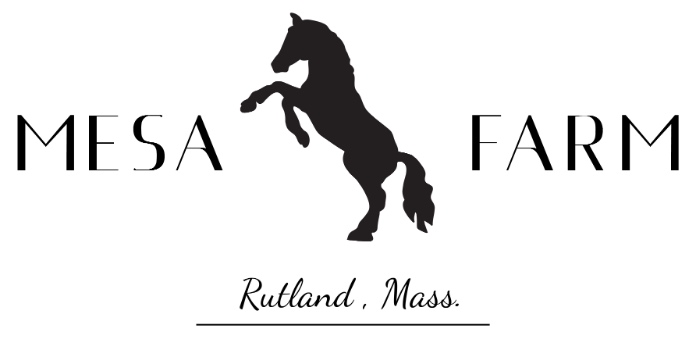May 4, 2020
Monday, May 11, 2020
Share
The term “healthy as a horse” is pretty accurate in that although there are lots of ways they can get sick, they are generally consistently healthy animals day in and day out; hot weather, cold weather, and whenever…
I’ve been fortunate to not have to deal too often with major health issues in my animals; such as colic (intestinal impaction in various forms). Still, illness and injuries happen and there are various age-related problems that sometimes require veterinary intervention.
Probably the biggest health related problem I’ve dealt with is foot abscesses. They are, in my research, either fungal or bacterial in cause and are a result of organism getting inside the hoof and causing an infection pocket of pus that expands and causes pain in the hoof before it finally “blows” and finds it’s way out, sometimes out the bottom back of the foot and sometimes through the hoof wall itself. And once a horse has “channels” through the hoof it is easier to get them again.
My horses tend to get them in the spring, fall, or other times of the year when there is a lot of moisture as well as temperature change. I’ve tried an assortment of remedies to treat and prevent and one year it seemed I had an overabundance and when I had asked the vet what else I can do she suggested several practices to consider but her main response was, “everyone is having abscess problems this year”.
It can be frustrating, not only because I don’t like to see a horse limp in pain for a week or so from time to time but it also takes that horse out of commission for that period of time.
A treatment plan is to soak the foot with warm water and epsom salts to draw the infection out followed by an apple cidar vinegar or commercial product and water soak to clean and eliminate the offending organisms causing it. I used a product called White Lightning last fall and followed that up with bandaging the hoof with infant diapers and duct tape to keep the hoof clean and dry while things healed up.
I then tried a product called Durasole in February this year in hopes of preventing the problem. This consisted of cleaning the bottom of the horses hooves and applying the liquid every day for 10 days and once a week after that. When you have 60 hooves to “treat” it isn’t an easy task for your back or timewise, but I got it down to two hours a day for those 10 days before abscess season started and I’m now on the weekly plan.
Surprisingly, even though we had a wet March and April, I didn’t have any abscesses! That was until recently when our big draft mare, Judy, came down with one. Still, I’m encouraged that if I can get it healed up and keep on with the preventive measures I’ll keep the abscess problem to a minimum. I’ve been soaking her foot and today it burst (relieving the pressure and pain) so I gave her the White Lightning and diaper treatment.
Even though the farm is closed, I’ve allowed students to ocassionally visit to see the horses when they can do it in a socially distancing manner. One such student is Tracy, an adult who has been dropping by about once a week or so to feed apples to the horses. She came by today and informed me, “Judy won’t eat the apples”. This surprised me, so I took Judy’s temperature and found it a little high; 103.7F when normal for a horse is just over 99F to 101F. She also seemed very lethargic, which I’d noticed, but blamed on the abscess. I took her temperature again when doing chores late this afternoon and it was 105.7F. This prompted a call to the vet, is that is high enough to have real concerns.
The vet feels it is not related to the abscess but is anaplasmosis, a tick born disease. She prescribed banamine to help bring down the temperature and an antibiotic to treat. I did check her temperature again late this evening and it was down to 100.4F so that is encouraging and I’ll be picking up more antibiotics tomorrow morning to continue treatment and we’ll monitor it.
I don’t know if there is a moral to this story; or perhaps there are several. You can pick the one that seems most applicable to you:
1. Even when you’re busy with building fence, lambing, gardening, and life in general, and the horses aren’t getting used or handled every day, you still need to be vigilent in observing them.
2. Don’t always assume two issues are related.
3. Do what Tracy did and let someone know when something seems out of the ordinary. I guess it’s like those signs in the airport, “See something, say something…”
Thanks for letting me know, Tracy!
First photo: Draft horse demeanor isn’t always easy to access: Is Judy lethargic? Tired? relaxed? It was her lack of interest in the apple treat that indicated something amiss and the thermometer confirmed it.
Second photo: The orphan lamb getting fresh ewe milk from a bottle.

